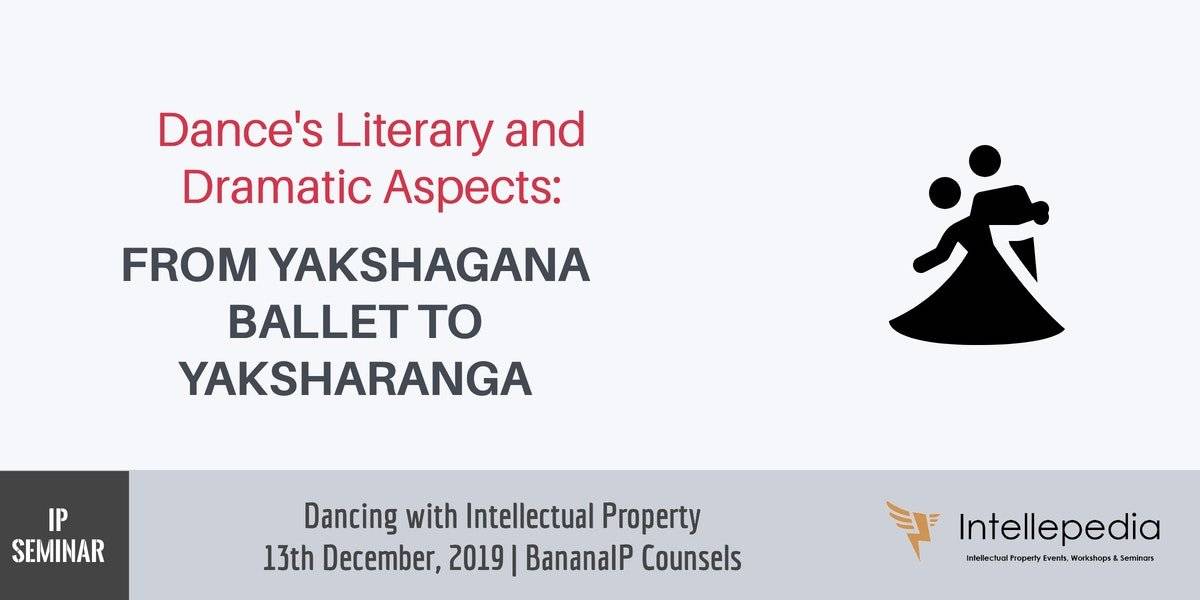Academy of General Edu., Manipal Vs. Malini Mallya
In a case involving Yakshagana, a form of ballet dance, the Supreme Court pointed out that literary and dramatic works acquire distinctive protection under the Indian Copyright Act. It stated that script of a drama acquires protection as a literary work, and that includes dramatic literature in its fold. However, dance, choreography, scenic arrangements and other aspects of ballet like works will be considered as dramatic works. Simply put, the script of a play is copyrightable as a literary work, and the movements, acting, choreography and arrangements are protectable as dramatic works.
The case related to works of Dr. Kota Shivarama Karanth (“Dr. Karanth”), a Jnanapeeth awardee, who is known for his work in making derivative works of Yakshagana, which he called Yaksharanga. Dr. Karanth composed seven verses or prasangas for performing Yaksharanga ballet, and made several changes to the original dance form. The changes pertained to different aspects of Yakshagana such as Raga, Tala, Scenic arrangement, Costumes, and so on. While determining the scope of bequeath in Dr. Karanth’s will, the Supreme Court pointed out that both literary and dramatic works formed part of the will.
By concluding that Ms. Malini Mallya owned the copyrights in the dramatic and literary works of Yaksharanga based on Dr. Karanth’s will, the Court restrained the Appellants from performing Yaksharanga without Malini’s permission. It however stated that the restraint does not operate against any fair use or fair dealing of the dramatic works for educational and/or religious purposes.
At a general level, dance involves different works such as choreography, scenic arrangement, acting, music, recitation/dialogues, and costumes and so on, and each of them is protectable under the copyright law. While choreography, sequences, arrangements and acting are protectable as dramatic works, lyrics, dialogues and script are protectable as literary works, compositions as musical works, props, settings and costumes as artistic works, recorded music as sound recordings. A combination of protection afforded by different works provides dance a comprehensive and integrated copyright protection.
Citation: Appellants: Academy of General Edu., Manipal and Ors. Vs. Respondent: B. Malini Mallya, Decided by Supreme Court of India, MANU/SC/0146/2009.
INTELLEPEDIA IP SEMINARS
Dancing with Intellectual Property
From dance choreography and settings to dance music and costumes, various aspects of dance can be protected as intellectual property. Protecting dance sequences and moves, videos and music, sets and costumes, personality attributes and names, and social media presence can help dancers commercialise their creative work and prevent its misuse.
Aimed at dancers, this specially designed session helps dancers understand how to protect their creativity and movement art. It provides insights into how their work can be commercialised, and what steps can be taken to prevent infringement of their work online and offline.
Faculty
Dr. Kalyan C. Kankanala
The session will be led by Dr. Kalyan C. Kankanala, a reputed entertainment law attorney in India. He has over the years provided IP consultation and advisory services for several performers, artists, authors and musicians.
Register here – https://www.townscript.com/e/dancing-with-intellectual-property-222404



